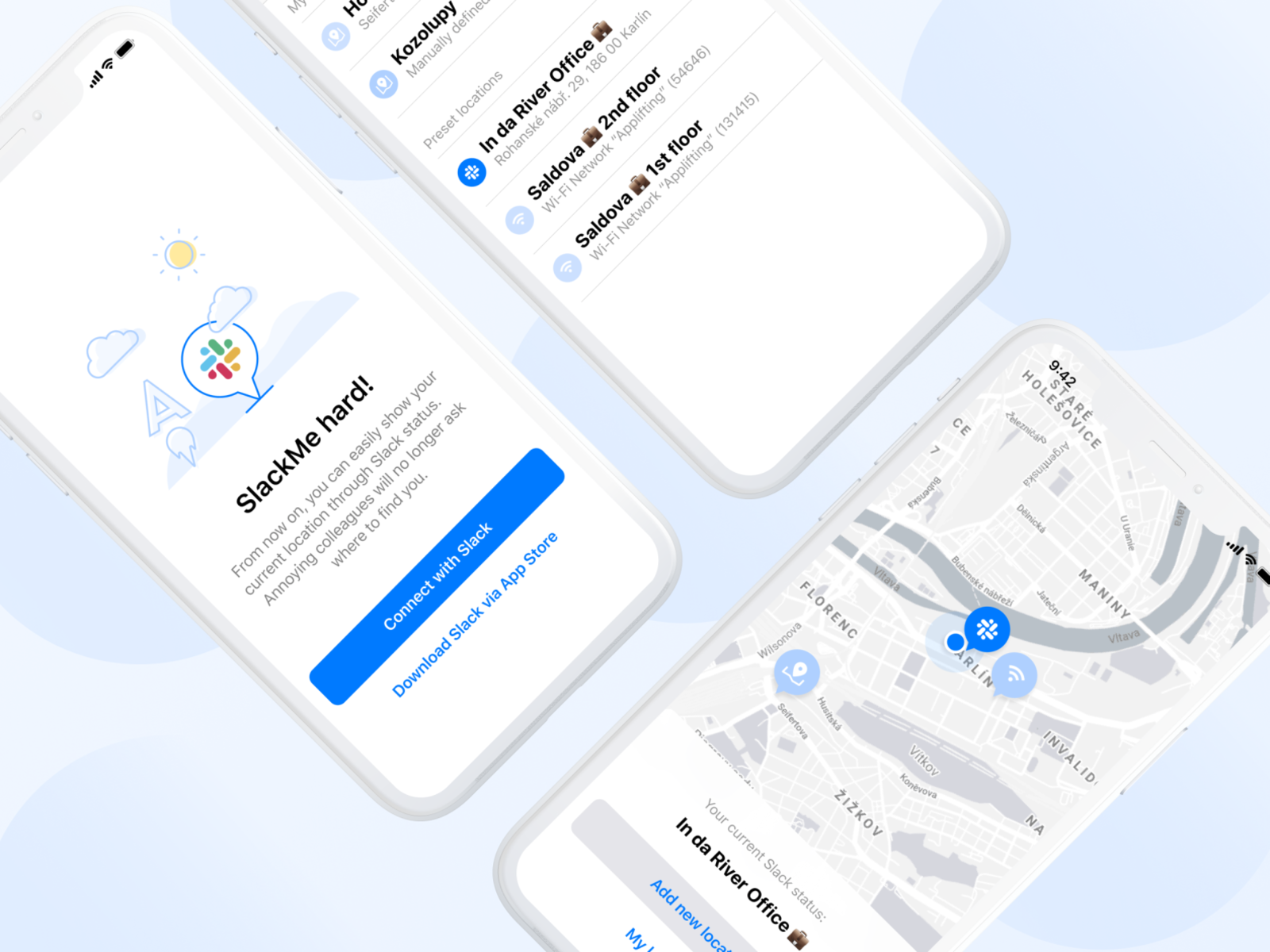
:max_bytes(150000):strip_icc()/06-slack-status-c0e78943a7e647fe98b2236453d4fda2.jpg)

Simply enter the name of your new contact into the Assign to Contacts field, and select it as depicted below: You can designate a new contact from within the integration setup. To add your integration to an existing contact, click on or type the name of the contact into the Assign to Contacts field within the integration setup screen. Once you've configured your Status.io integration, you will need to assign it to a contact and make sure that contact is notified when a Check fails. Then copy the Metric ID into the form above. To have a metric update with a check's response time, select Metrics from the left menu and add or modify a metric. At this point, you are ready to Save your integration and configure the Contact for it. Return to your Integration for Status.io, and paste the Component ID and Container ID in the corresponding fields.

Copy both the component and container ID's into the form above. Scrolling down to Automatic Status Updates, then click API. Click Infrastructure from the left menu, then select Modify next to your component. To have a component & container automatically update when a check fails, you need to provide the Component ID and Container ID. Name your integration, then proceed to the next phase. Paste the Status Page ID, API ID and API Key, into the corresponding fields. Select Status.io as the Provider Type when adding a new push notifications profile. In order to activate the integration of Status.io within your Uptime account, you will go to Notifications>Integrations, then click New Profile. Copy the Status Page ID, API ID and API Key, then return to. Click the Developer API tab, then click the Display API Credentials button. Login to your Status.io dashboard click API left-hand menu. Follow these steps to complete your Integration setup. Metrics will appear in 15-minute intervalsĪ series of steps are required to complete the Integration with Status.io, and you will need to switch between Status.io and at various stages.Response time metrics are sent to Status.io and can be displayed in graphs on your status page.When the alert is cleared in, the status will display Operational.When an alert is created within, the downtime is tracked as a Service Disruption in Status.io.To get started, you will first need to set up a Status.io account at. The integration allows you to push alerts and response time metrics to Status.io, and we have worked together to make it seamless. Status.io: is a status page platform for your app, web service or developer API.


 0 kommentar(er)
0 kommentar(er)
